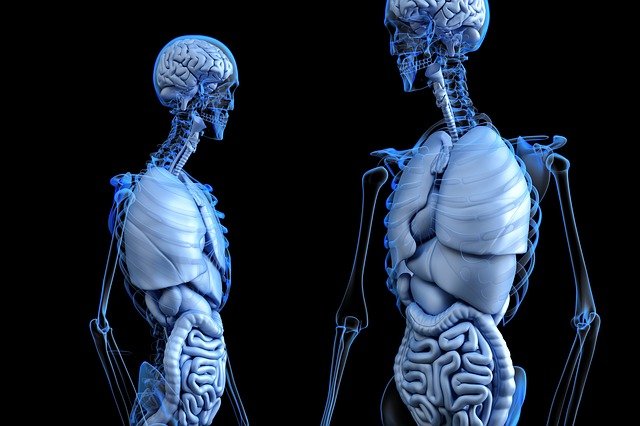May 11, 2022 – You know that complicated equations can predict what story pops up in your news feed or which TikTok video you’ll watch next. But you might not know that math can help us understand what happens in the brain when we smell something.
Researchers at the Del Monte Institute for Neuroscience at the University of Rochester are building complex mathematical models that do just that – and if they continue to make progress, their work may aid in the fight against diseases of the nervous system, like Alzheimer’s and Parkinson’s.
Decoding Smell
Every aroma you come into contact with causes responses in your brain. Believe it or not, those responses can be coded into numbers.
A rough comparison is sight and the colors we see in video games and on computer screens. Computer programmers worked for decades to break down the millions of colors you see in the real world into 1s and 0s a machine can understand.
Longtime gamers watched this unfold as systems progressed from 8-bit Nintendos and Ataris to 64-bit PlayStations and Xboxes to the even more complex and detailed visual displays today. At each stage, the expanding bit size allowed for better precision and more detail.
Snapshot or Symphony?
To build a mathematical model for smell, all you need is access to extremely potent computing power, knowledge of the Hodgkin-Huxley model (the backbone of many equations in neuroscience), a catalog of the reams of research on smell, and to be really, really smart.
“Equations act as a mathematical spotlight to illuminate parts of the brain that may not otherwise be clear,” explains Krishnan Padmanabhan, PhD, an associate professor of neuroscience at the University of Rochester and senior author of a new study on the brain’s olfactory system, or the sense of smell.
Smell is one of those less well understood parts of the brain, Padmanabhan says.
“In the last 30 years, there have been multiple theories on how smell is processed,” he says. “In one model, responses to odors are represented like a snapshot of a specific moment of time. In others, the patterns evolve over time, like a symphony.”
Padmanabhan and his team sought to understand why so many theories about smell exist in scientific literature and to gain more insights into which are true.
So he and his team built a computer simulation, using only equations, that is similar to the brain’s system for smell. Then they changed the equations to test theories on how the brain works when it encounters an odor.
The Findings (for Now)
Results suggest that the brain’s way of processing smell depends on what it needs to understand in the moment.
“Our findings reveal that these different models may actually be different sides of the same coin,” Padmanabhan says. “Rather than the brain choosing one specific approach to process smell, the brain may be flipping between different strategies to interpret odors in the environment.”
In other words, the brain adapts its response to what’s happening in the world around us. That’s good, because the brain’s job is to maintain balance in the body and keep us alive in all types of situations, so flexibility helps it to react accordingly. (The researchers did not program specific smells, though they may in the future, Padmanabhan says.)
The work has implications for health, too. Changes in the sense of smell have been linked to brain disorders like Parkinson’s and Alzheimer’s diseases. Over time, having a deeper understanding of these changes could lead to better detection and treatment.
But for now, Padmanabhan’s model is a small but important piece in decoding the larger puzzle of how the brain works.
Just as 8-bit graphics led to 16-bit, on up to the photorealistic displays we see today, Padmanabhan’s model may help lay the groundwork for greater and more advanced developments to come.
“This research is about using the language of mathematics to study the brain,” Padmanabhan says, “but it is also using the things we know about the brain to inspire better ways to write equations and build systems for computing in the field of neuroscience.”

